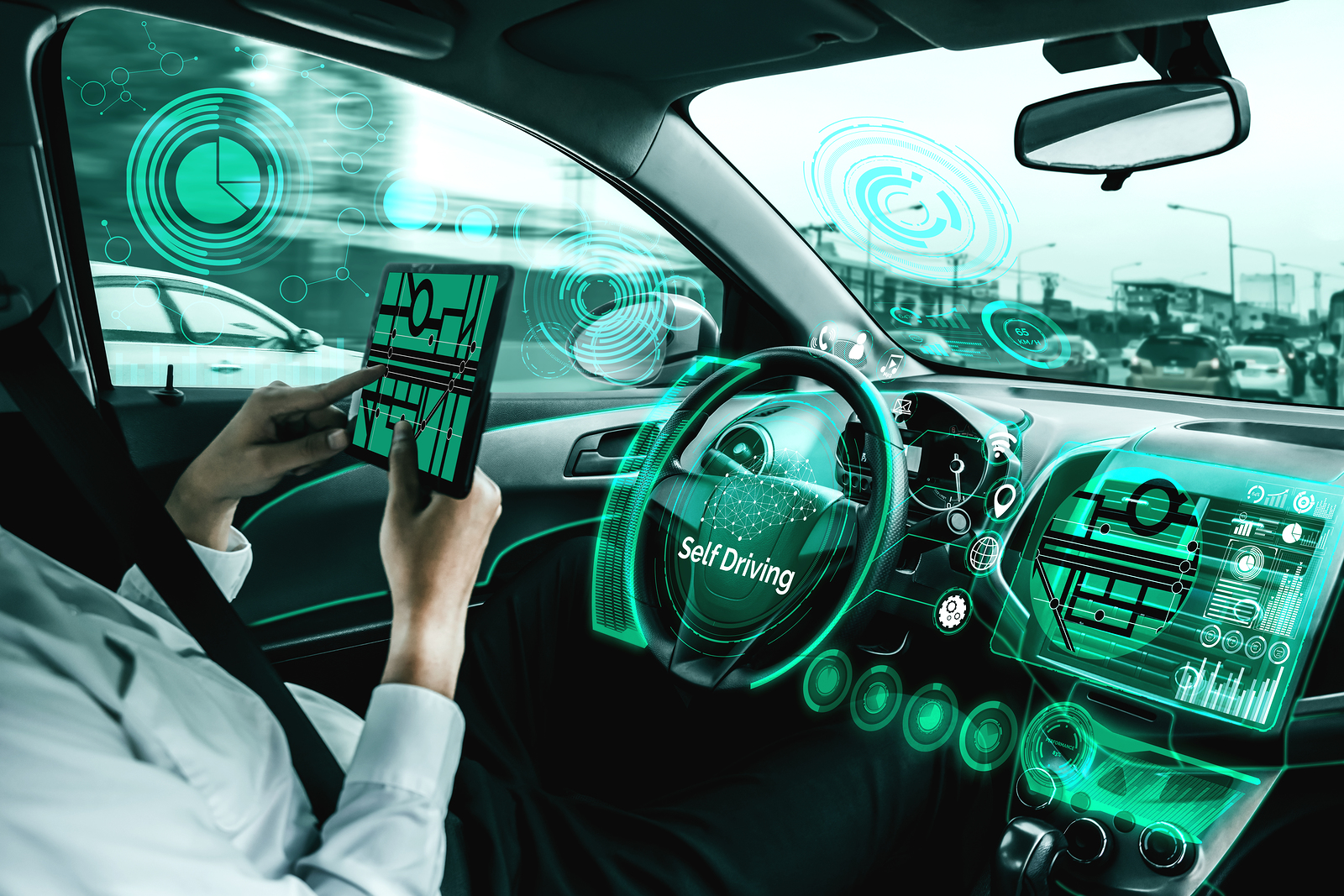3 Technologies Improving the Transportation Business

Transportation businesses are in exciting times, as technology is making transportation safer, faster and more efficient. And when your business is delivering packages, supplies or goods, it’s even more important that technology is incorporated to lower accident risks and keep inventory safe.
Businesses are starting to incorporate the following technologies into their businesses to improve safety:
1. Internet of Things
The Internet of Things is the future of driving, and it connects vehicles through networks. Vast networks, in the future, will be able to impact our daily driving. Some of these technologies are already making transportation safer, and this is done through:
- Route planning. The ability for GPS systems to determine the best route is helping many transportation businesses already. Google Maps, for example, is able to indicate when traffic is slow or accidents have occurred on a desired route. Head-up displays are also being offered to help direct drivers along routes.
- Accident prevention. Sensors are being incorporated into vehicles, sensing danger and potential collisions to react to them. For example, vehicles can override the vehicle’s controls, stopping the vehicle if it detects an imminent collision. Lane change sensors are also identifying objects in a vehicle’s blind spot, allowing for safer lane changes and merging.
Collision detection systems, in 2009, were found to provide a 7% reduction in accidents for basic forward-collision warnings and a 14% to 15% reduction when automatic braking was provided.
Eventually, the Internet of Things will have vehicles that “talk” to each other, offering predictive measures to avoid accidents. A vehicle, operating in front of another may be able to alert vehicles around it that it needs to stop abruptly, causing all of the vehicles around it to react as needed to prevent a collision.
2. SmartDrive
SmartDrive is a distracted driving database with over 200 million risky driving events logged. The sensor is able to help businesses understand the behaviors of their drivers. Distracted driving killed 3,477 people and injured 391,000 in 2015, and SmartDrive is able to help dispatchers and drivers:
- Identify risks
- Identify hazards
How? The sensors use video and compare it to incidents within the database. Real-time data and alerts are provided to fleet managers so that they can take the appropriate actions in an attempt to stop an accident from occurring.
SmartDrive provides you, the business owner, with an insight into the driving habits of your workforce when you’re not around to watch over their every move.
3. Predictive Maintenance
Large-scale transportation businesses are starting to incorporate what is called “predictive maintenance analytics” into their fleets. IBM released a paper on the topic. Predictive maintenance is able to:
- Reduce downtime
- Anticipate service interruptions
- Improve the quality of the maintenance performed
- Enhance safety
- Increase productivity
On the large-scale, preventative maintenance has been used on Italy’s railway operator Trenitalia. The railway moves 2 million passengers a day, and using predictive and dynamic maintenance models has helped decrease service and maintenance costs by 8% to 10%. Availability and reliability also increased.
While predictive maintenance may be a costly addition to a small transportation business, it’s an addition that can save large-scale transportation businesses a significant amount of money in maintenance and repair costs.
